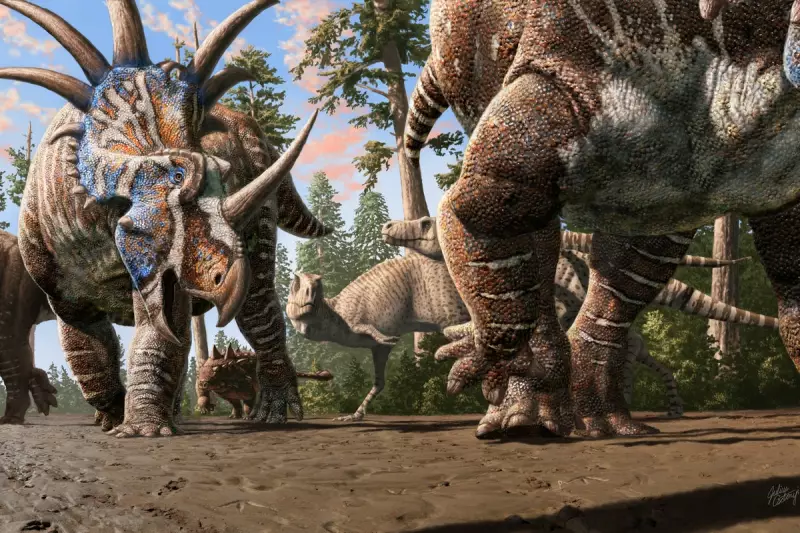
Remarkable fossilised footprints discovered in the UK have provided compelling evidence that certain dinosaur species lived in herds, much like modern-day elephants or wildebeest. The findings, published in a recent study, shed new light on the social behaviour of these ancient creatures.
A Window into Prehistoric Life
The well-preserved tracks, believed to be around 200 million years old, show multiple dinosaurs moving in the same direction at the same time. This pattern strongly suggests coordinated group movement rather than random individual wandering.
What the Footprints Reveal
Paleontologists have identified several key features in the fossil record:
- Consistent spacing between footprints indicating organised movement
- Multiple trackways moving parallel to each other
- Evidence of different age groups within the herd
The discovery challenges previous assumptions about dinosaur behaviour and provides tangible proof of complex social structures in the Jurassic period.
Implications for Dinosaur Research
This groundbreaking find offers scientists new perspectives on:
- How dinosaurs communicated within groups
- Potential migration patterns
- Social hierarchies among herbivorous species
Dr. Emily Bennett, lead researcher on the project, noted: "These footprints give us unprecedented insight into how dinosaurs might have lived and interacted. The herd behaviour we're seeing suggests sophisticated social organisation that we're only beginning to understand."
The research team plans to continue studying the site for further evidence of dinosaur social structures and their evolution over time.





